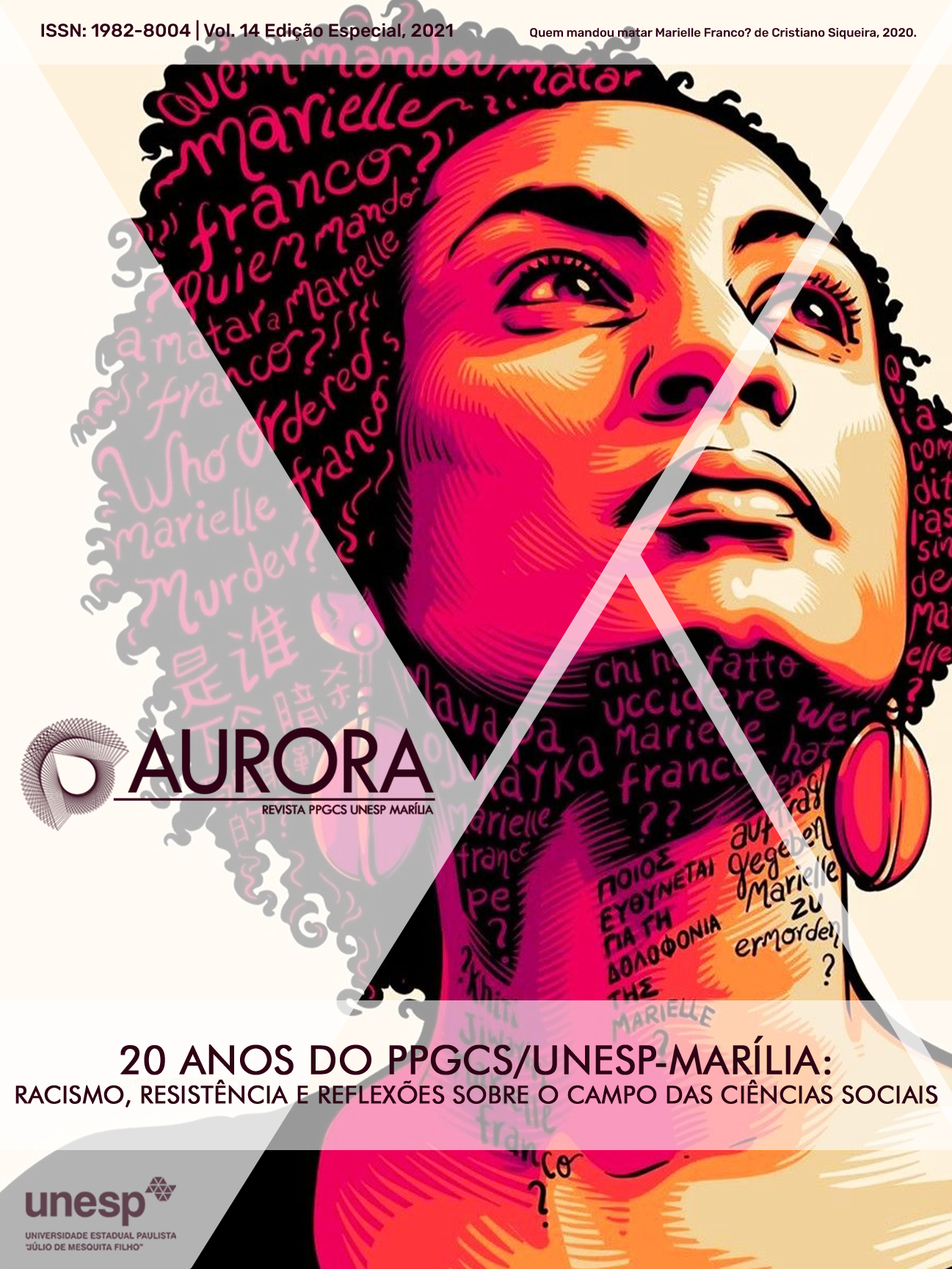Abstract
This article aims to reflect the potential of a sociology teaching that appropriates the artistic languages in their pedagogical practices and teaching methodologies. We will consider here if art is itself an efficient tool for teaching / learning, especially for high school youth, and can bring together sociological contents and themes to students and be an excellent instrument for their expression and action. From Fischer (1987), we will reflect on the need for art in a capitalist society focused on the labor market and how education with a humanizing perspective can emancipate subjects and prepare them for a less alienating life. In addition, it will seek to discuss the presence of the ludic in pedagogical practices, presenting a sequence of art-educational activities developed in a state school in Marília, São Paulo, using tools such as theater, music, photography, painting, literature and audiovisual, to work on concepts such as ‘Socialization’ and ‘Social Interaction’ within the context of the Brazilian Civil-Military Dictatorship (1964-1985) and to promote greater appropriation of sociological theories.
References
BENJAMIN, W. Magia e técnica, arte e política. São Paulo: Brasiliense, 1987.
BOAL, Augusto. Teatro do Oprimido. Rio de Janeiro: Civilização Brasileira, 1991.
BOURDIEU, Pierre. Capital Cultural, Escuela y Espacio Social. México: Siglo Veinteuno, 1997.
BRECHT, Bertolt. Teatro Dialético. Rio de Janeiro: Civilização Brasileira, 1967.
CHAUI, M. Convite à Filosofia. 6ª ed. SP: Editora Ática, 1995.
COLI, J. O que é Arte. 15ª ed., Editora Brasiliense, São Paulo – SP, 1995.
CORDEIRO, A. P. Humanização e conscientização em EJA por meio das propostas do teatro do oprimido de augusto boal. Revista Abordagens pedagógicas do ensino de linguagens em eja. 2007.
CORDEIRO, Ana Paula. Oficinas de teatro da UNATI (Universidade Aberta à 3ª Idade) – UNESP de Marília: a arte e o lúdico como elementos libertadores dos processos de criação teatral da pessoa idosa. 2003. 247 f. Tese (Doutorado em Educação) – Faculdade de Filosofia e Ciencias, Universidade Estadual Paulista, Marília, 2003
FISCHER, E. A necessidade da Arte. Rio de Janeiro: Zahar, 1987.
FREIRE, P. Pedagogia da autonomia – saberes necessários à prática educativa. 13ª. ed. São Paulo/Rio de Janeiro: Editora Paz e Terra, 1997. 165p
MARX, K. Grundrisse. São Paulo: Boitempo, 2011.
SÃO PAULO (Estado) Secretaria da Educação. Currículo do Estado de São Paulo: Ciências Humanas e suas tecnologias /Secretaria da Educação; coordenação geral, Maria Inês Fini; coordenação de área, Paulo Miceli. – 1. ed. atual. – São Paulo : SE, 2011. 152 p.
SOUZA, Jessé. A Parte de Baixo da Sociedade Brasileira. Revista Interesse Nacional, v. 14, p. 33-41, 2011
SPOSITO, M.P.; GALVÃO, I. A experiência e as percepções de jovens na vida escolar na encruzilhada das aprendizagens: o conhecimento, a indisciplina, a violência. Perspectiva, Florianópolis, v. 22, n.2, p. 345-380, 2004.
VYGOTSKY, L. S. A formação social da mente. Rio de Janeiro: Martins Fontes, 1996.
VYGOTSKY, L. S. Pensamento e Linguagem. Rio de Janeiro: Martins Fontes, 1998.

This work is licensed under a Creative Commons Attribution 4.0 International License.
Copyright (c) 2021 Revista Aurora

